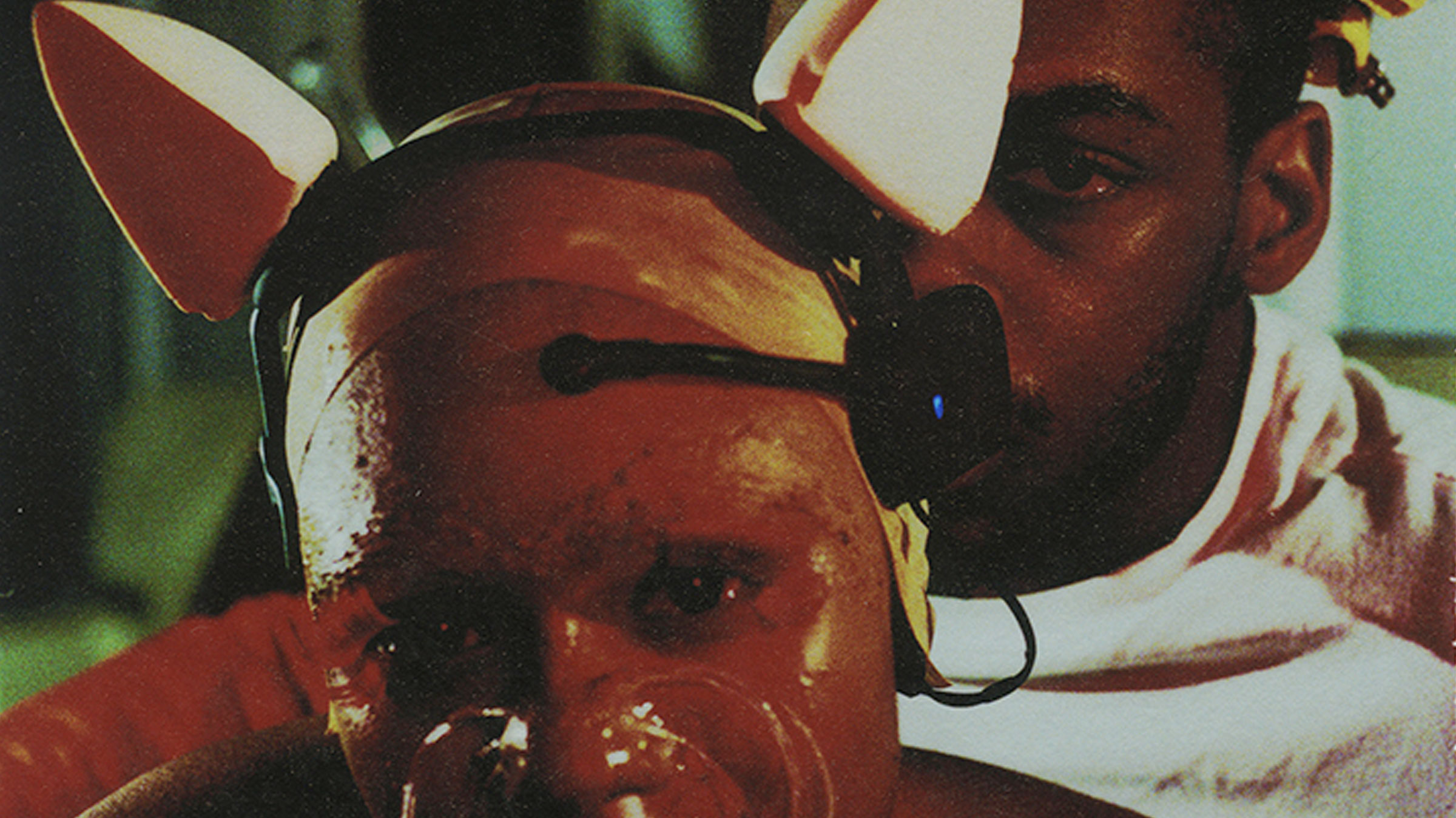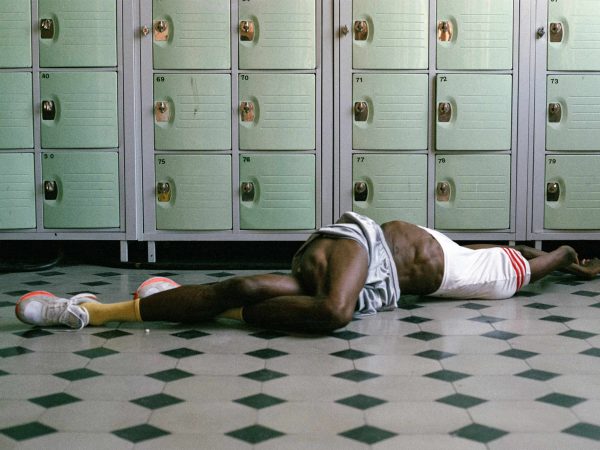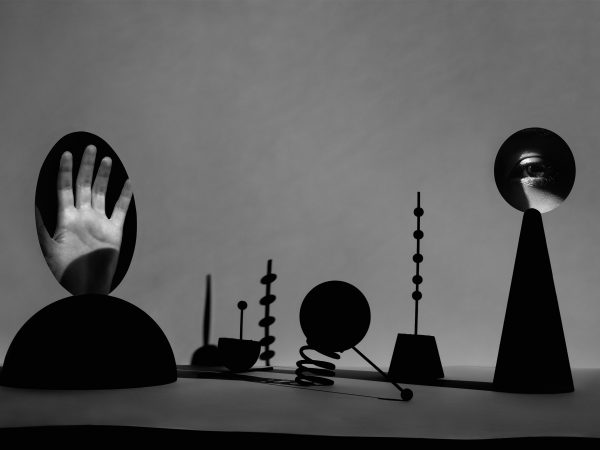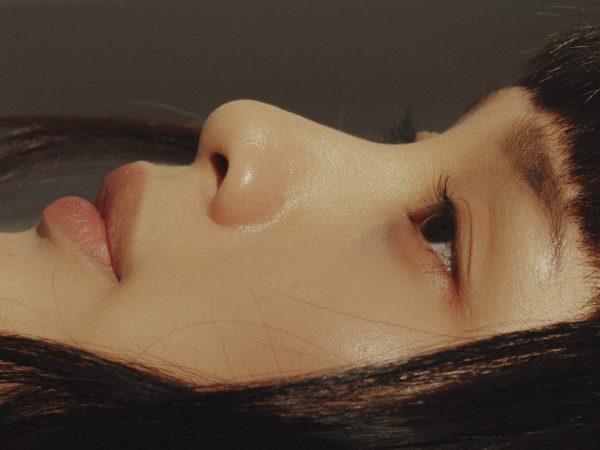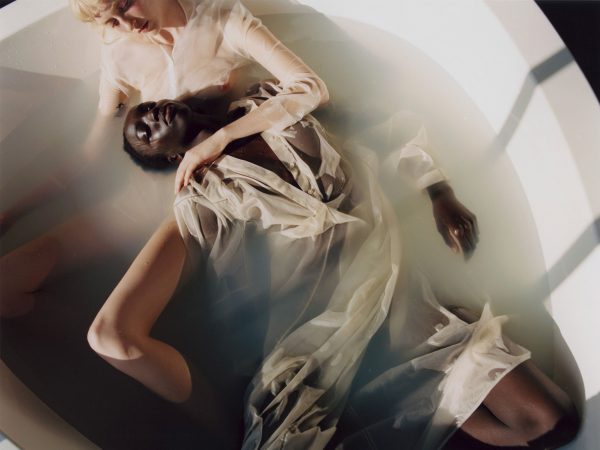Javarius Jones investigates time, memory, and fantasy in his moving, haunting photographs. Jones’s photographs reveal the artist’s wide range of influences, from Édouard Glissant to Aphex Twin, as well as his mystical, critical eye. His work explores time and memory via an anti-technicality, anti-disciplinary lens.
If you could return to any era and photograph, where would you go?
The Nubian Empire.
What has been the hardest lesson you’ve learned as a photographer?
You can’t depend on the camera to see for you. For example, I once attempted to photograph someone I lusted over. You could see it [the lust] in each frame. This was not the intent. But I got caught up, and the camera showed it.
What is the responsibility of a photographer to their audience?
A photographer owes the audience an imagination. Inspire them to see a new arrangement of reality.
How did you choose your subjects?
I’m attracted to honesty, but I hide a lot. And my subjects have inspired me in many ways to use the shadows (where truths play). Like many with truths to engage, I prefer to take my time, and my visuals allow me to connect with subjects in my own time. This works perfect for a constant theme in my work: imagination. Through these visuals, I am reimagining myself in ways I wish I could be seen if I had the available resources (i.e. the bag, the “right” body, the language, etc.). This requires a lot of time to adjust and prepare myself for which truth I choose to display next.
